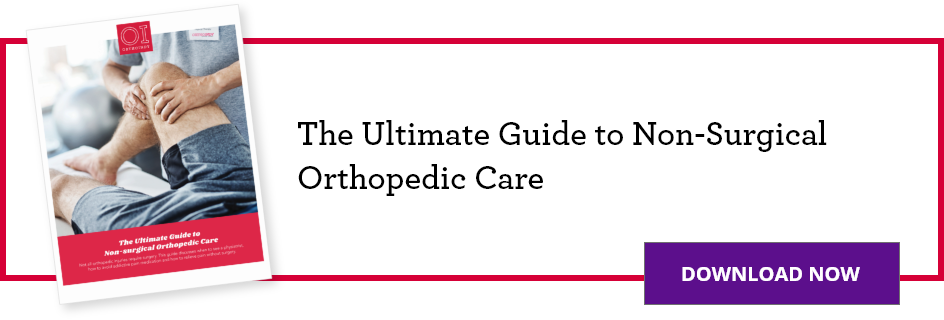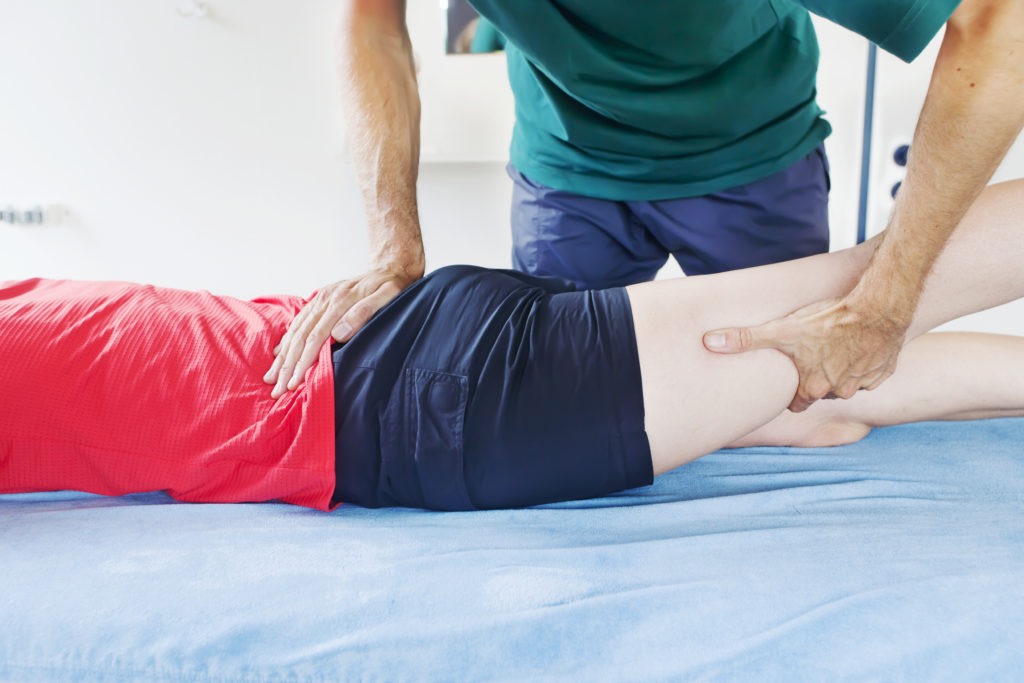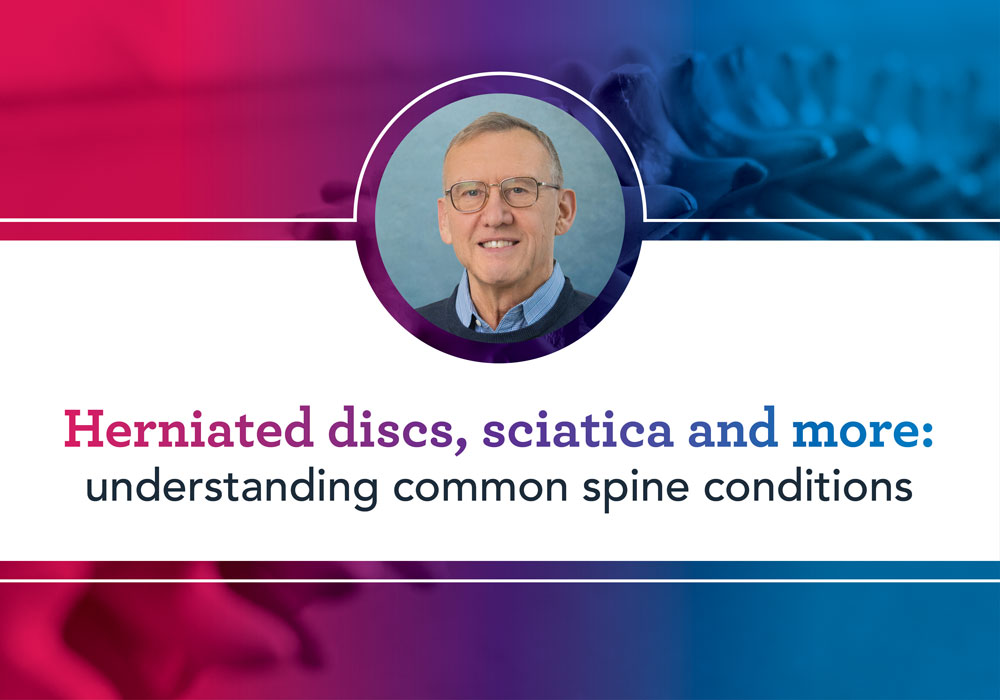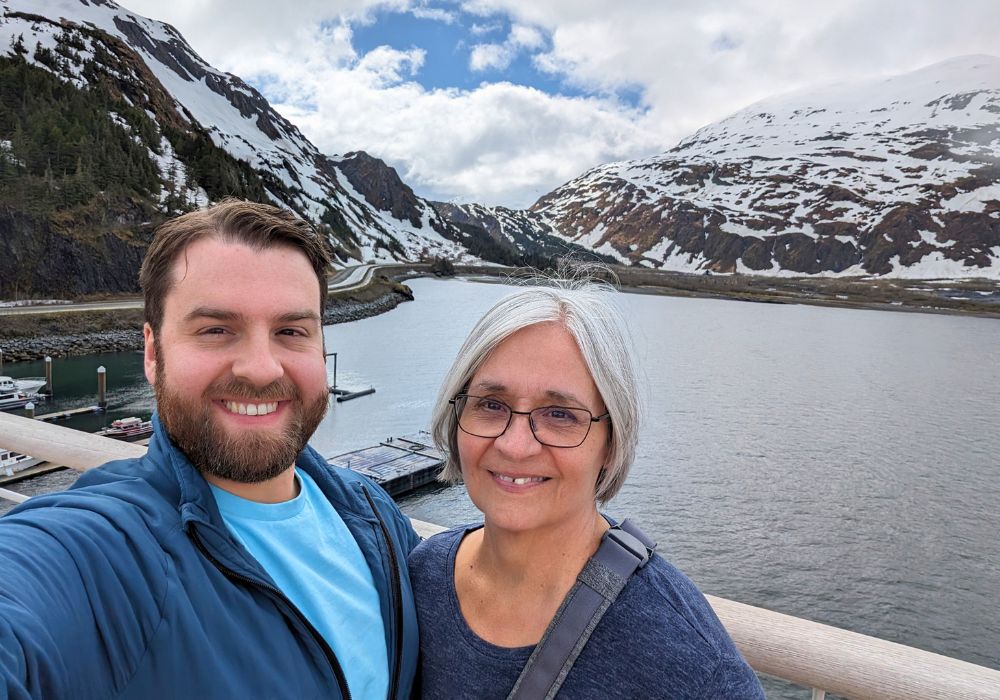THIS POST IS PART OF THE ULTIMATE GUIDE TO NON-SURGICAL ORTHOPEDIC CARE
Transient osteoporosis of the hip causes temporary bone loss in the upper portion of the thighbone (femur). People with transient osteoporosis feel pain immediately but symptoms usually go away within 6 to 12 months and the bone strength in the hip returns to normal.
Although transient osteoporosis sounds similar to age-related osteoporosis, they are very different. Age-related osteoporosis is a painless condition that weakens the bones overtime and can put people at a greater risk for fractures throughout the body. It’s important to note that transient osteoporosis of the hip is extremely rare.
Anatomy
The hip is your body’s largest weight-bearing joint. This joint is also called a ball-and-socket joint. The ball is the upper end of the thighbone (femur), which fits into the socket (or acetabulum) at your pelvis.
Several muscles cross the hip joint and a strong capsule envelops the hip joint itself. Muscles are connected to bones that make up the hip joint by tendons, which are made from strong fibrous tissue, enabling motion of the joint.

What causes transient osteoporosis of the hip?
In transient osteoporosis of the hip, the femoral head loses density and strength.
Although there is not definitive cause for osteoporosis of the hip, some researchers have linked hormonal changes, abnormal stresses on the hip joint and obstruction of some blood vessels to the condition.
Men between the ages of 30 and 60 and women in the last three months of pregnancy or early post-partum are the most at risk for this condition.
What are the symptoms of transient osteoporosis of the hip?
- Sudden onset of pain that intensifies with walking
- Disabling pain increasing overtime
- Limited motion
- Noticeable limp
How is transient osteoporosis of the hip diagnosed?
To determine whether you have transient osteoporosis of the hip your physician will ask you for a complete medical history, have you describe your symptoms and conduct a physical examination. An X-ray or MRI may be necessary to confirm the diagnosis and determine if there are other problems.
Make an appointment with an OrthoIndy hip specialist
How is transient osteoporosis of the hip treated?
Transient osteoporosis generally resolves on its own in 6 to 12 months. Treatment options focus on decreasing pain and improving function.
Options include:
- Switching to low impact activities
- Physical therapy
- Assistive devices such as a cane
- Non-steroidal anti-inflammatory medication such as ibuprofen or Tylenol.
Learn more about treatment options for hip pain at OrthoIndy.
Schedule an appointment
Your well-being is important to us. Click the button below or call us to schedule an appointment with one of our orthopedic specialists. If your injury or condition is recent, you can walk right into one of our OrthoIndy Urgent Care locations for immediate care. For rehabilitation and physical therapy, no referral is needed to see one of our physical therapists.





